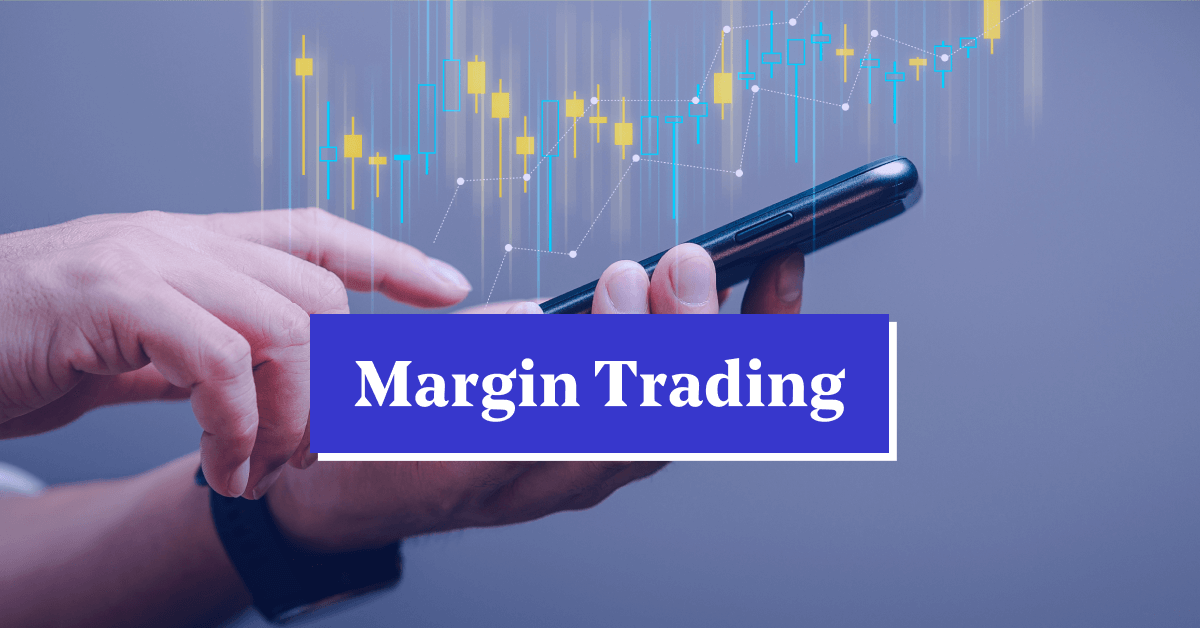What is margin?

Margin is a fundamental concept in Forex trading, representing the amount of collateral required to open and maintain positions. Understanding the intricacies of margin is essential for managing risks and achieving success in the market.
Margin requirements are expressed as a percentage that reflects the relationship between the deposit amount and the position size that can be opened. Different brokers and financial instruments might have varying margin requirements, impacting how traders approach their investments.
A margin call occurs when the account balance falls below the required margin level. In such cases, the broker will demand that the trader either deposit additional funds to restore the balance or close some positions to meet the margin requirements.
Free margin refers to the amount of capital available for opening new positions or maintaining existing ones. It is calculated as the difference between the account balance and the margin currently in use.
Using margin allows traders to leverage their capital effectively, enabling them to open larger positions than their initial investment would typically allow. This can enhance potential profitability, but it also necessitates strict risk management protocols.
Conservative trading strategies often advocate for using low leverage and minimal margin requirements. This approach reduces the risk of significant losses, making it suitable for traders who prefer stability and lower exposure to volatility. While such strategies may limit potential gains, they provide a buffer against the unpredictable nature of the market.
On the flip side, aggressive strategies involve utilizing high leverage and larger positions to increase potential returns. While this can lead to substantial profits, it also elevates the risk of significant losses. Traders employing these strategies must be prepared for possible margin calls and should have a clear risk management plan in place.
Portfolio diversification is another critical strategy aimed at mitigating risk by spreading funds across various currency pairs and assets. This technique helps minimize the impact of negative fluctuations in any single position on the overall trading performance.
Proper utilization of margin and leverage, combined with thorough market analysis and capital management, enables traders to maximize their resources and achieve consistent results. Understanding these concepts is vital for navigating the complexities of Forex trading effectively.
In conclusion, margin is not just a tool for amplifying profits; it also requires careful consideration and responsible management to avoid pitfalls. By mastering the dynamics of margin and implementing disciplined trading strategies, traders can enhance their chances of long-term success in the Forex market. Continuous learning and adaptation to market conditions will empower traders to utilize their resources more effectively and reach their financial goals.